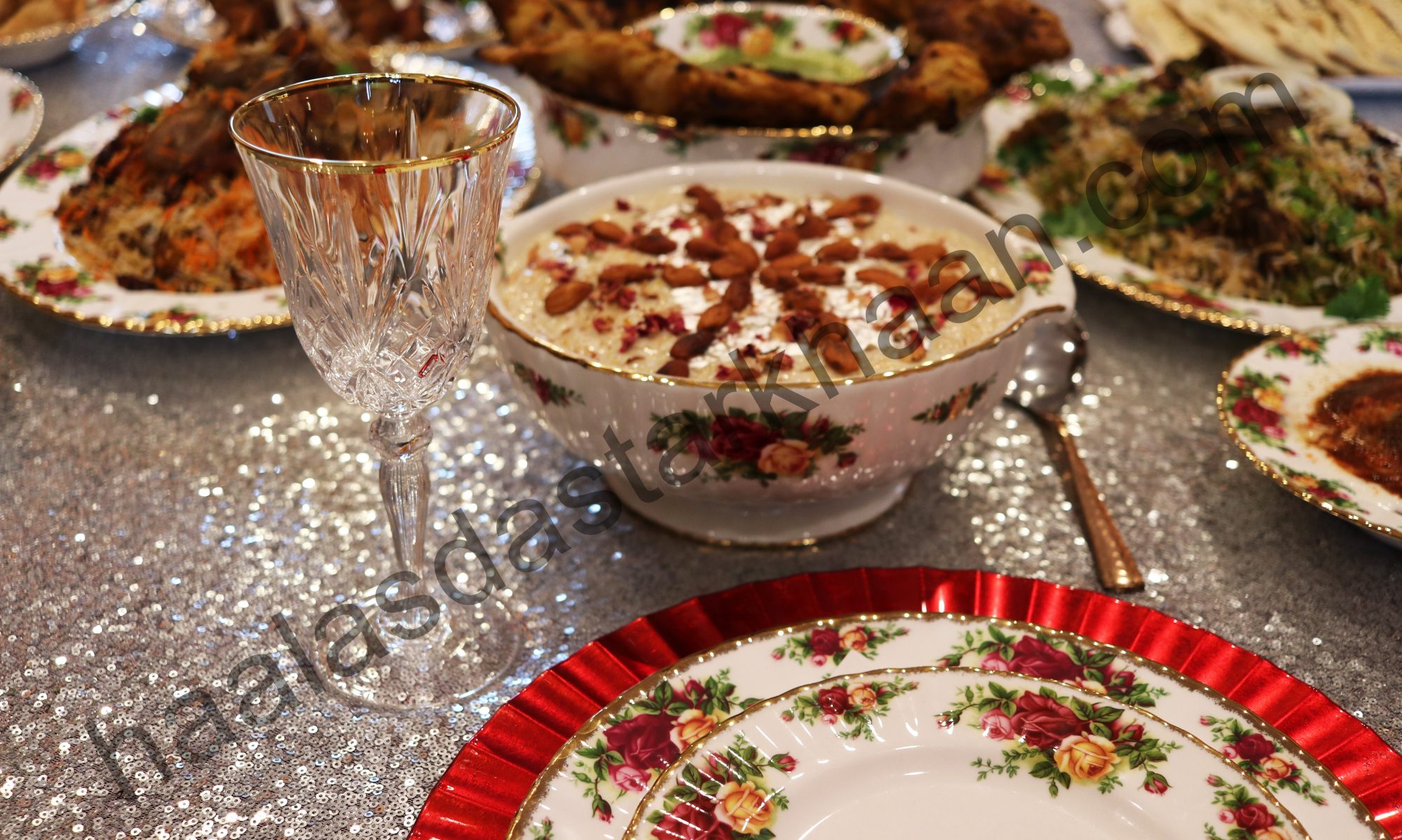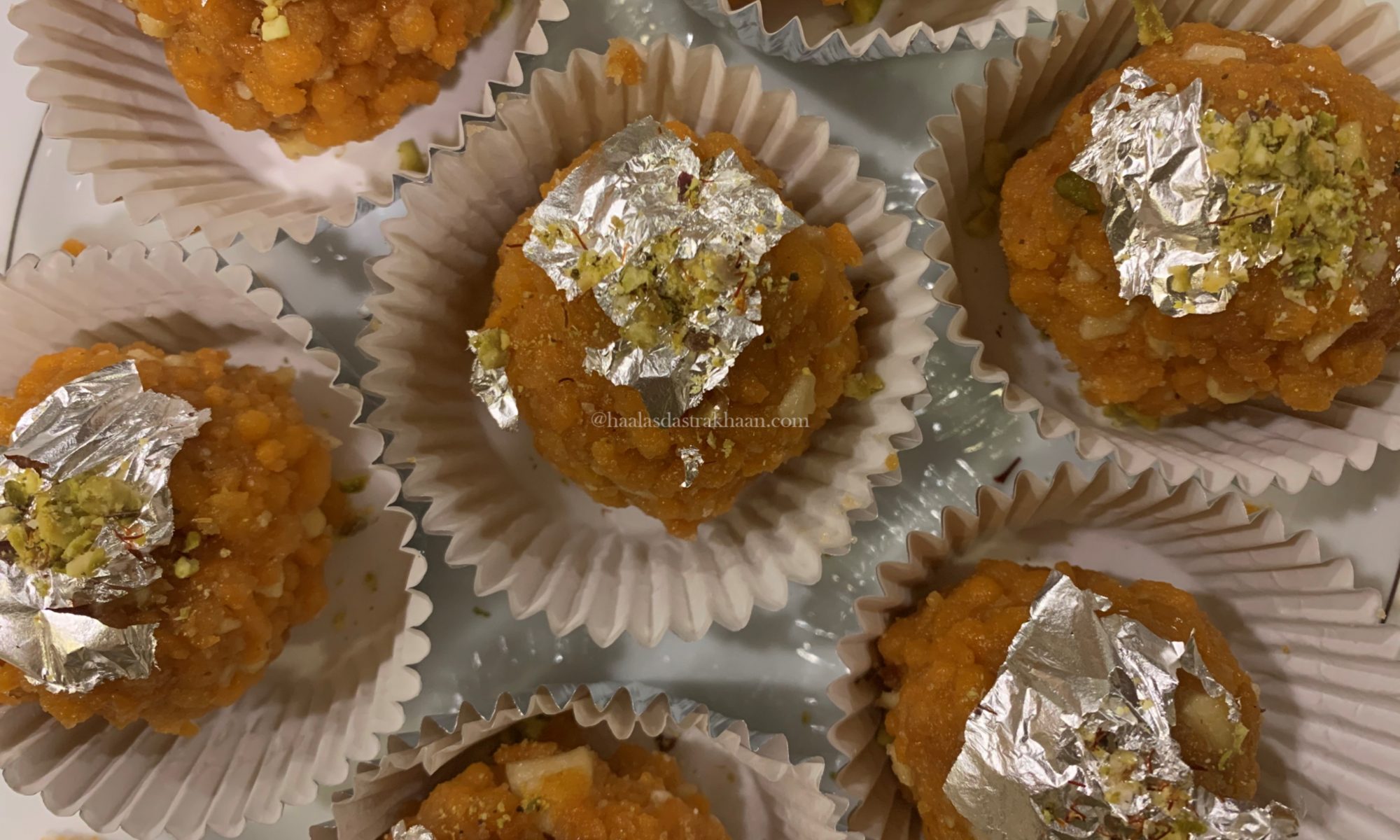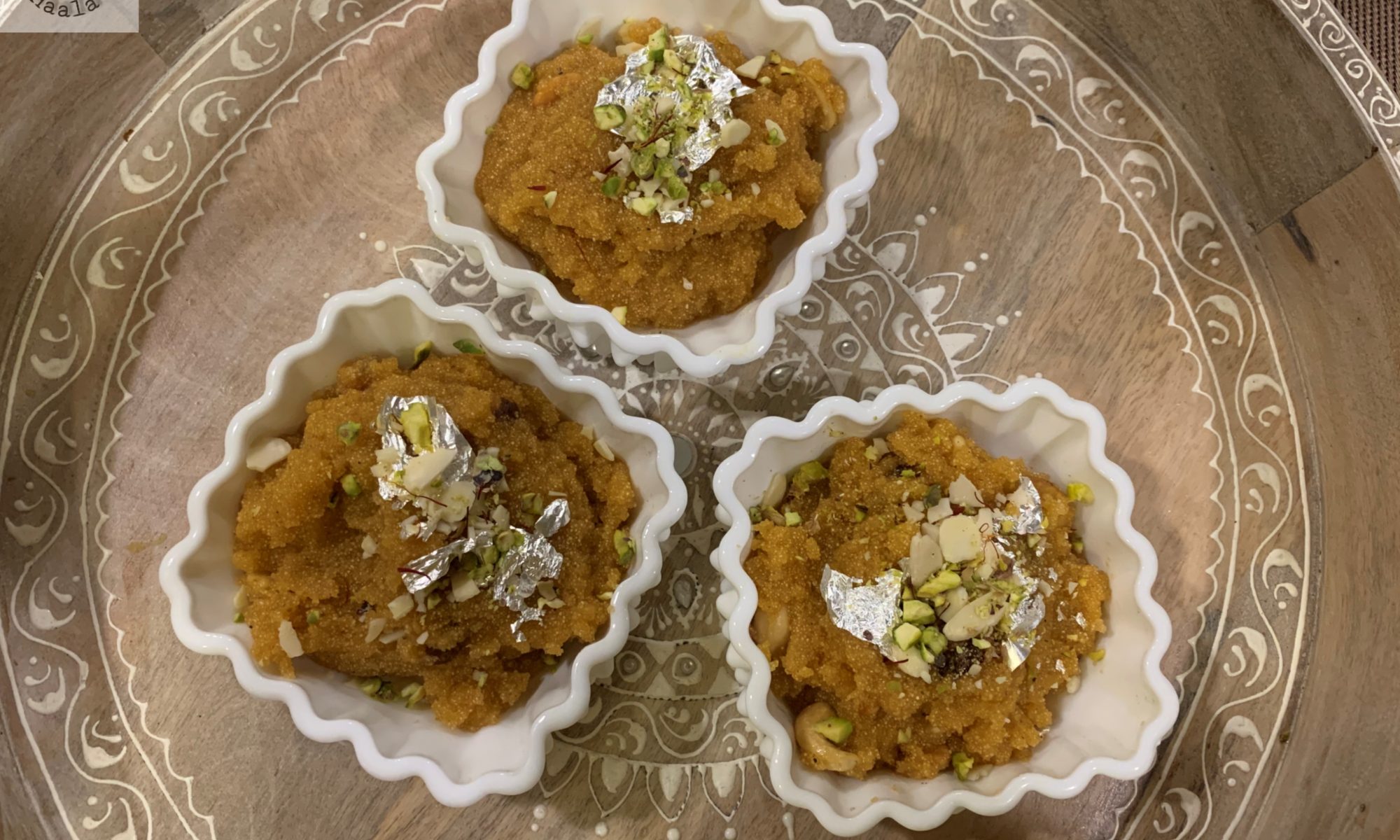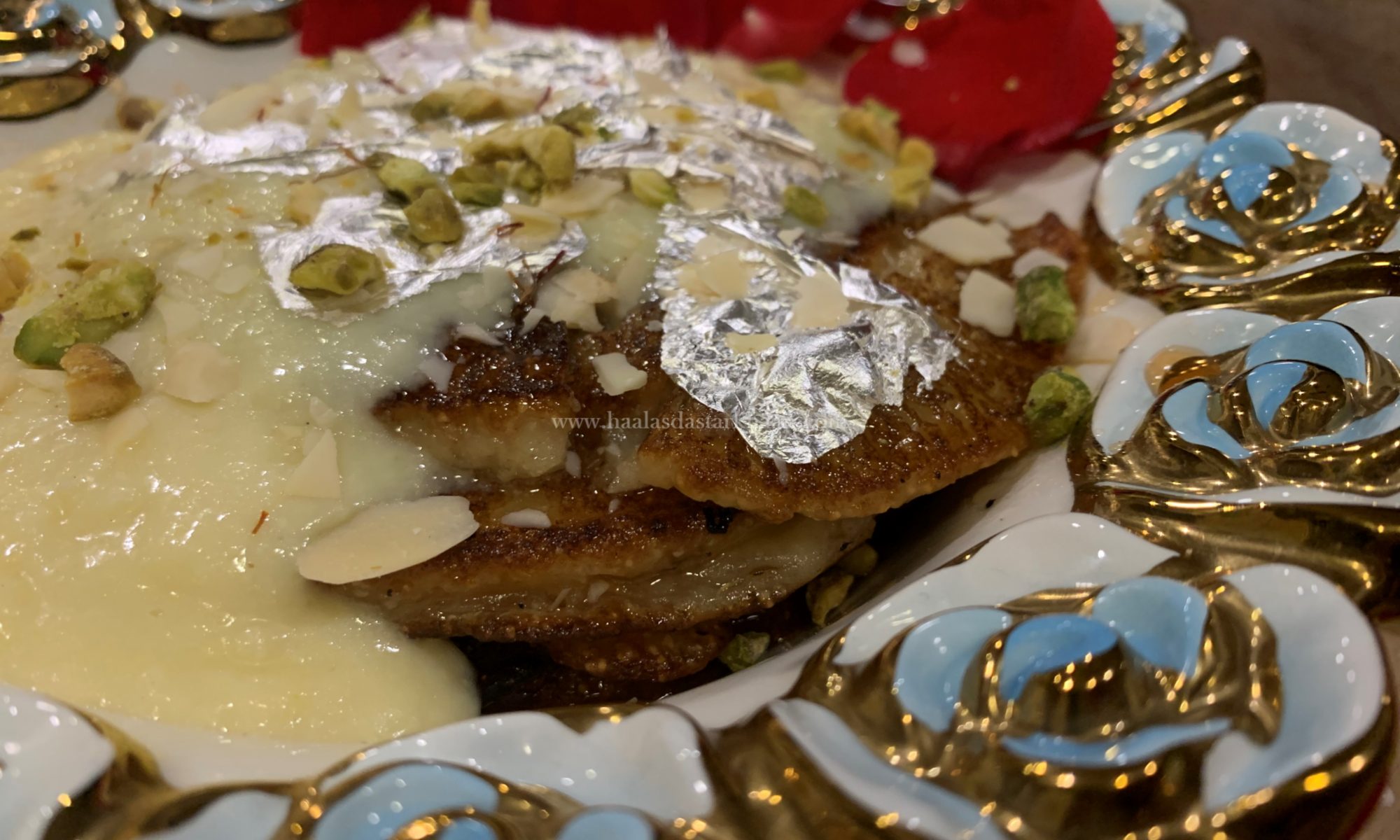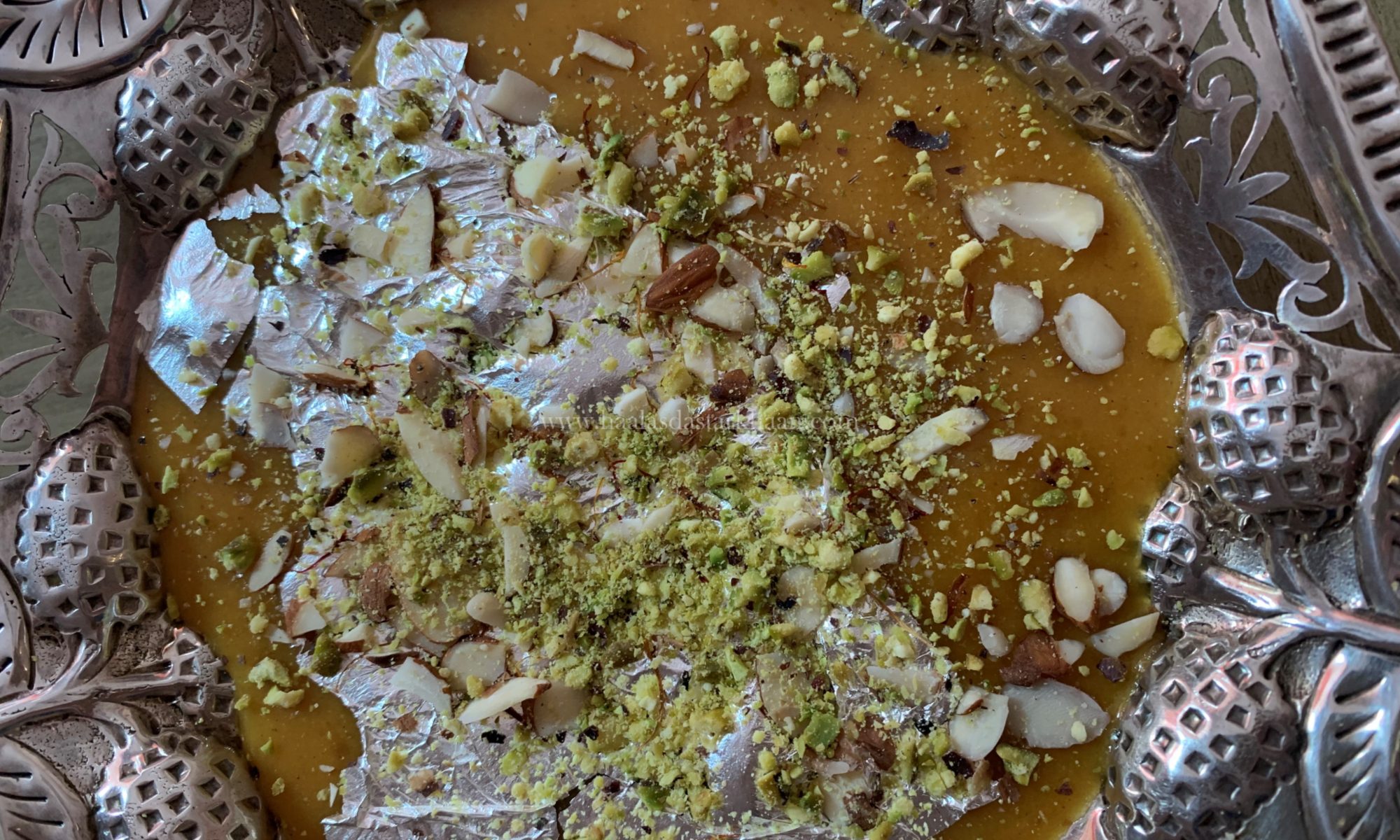Boondi Laddu is one of those classic Indian sweets that everyone recognizes. It’s commonly made and easily found in almost every sweet shop—though no two are ever quite the same. Unlike Motichoor Laddu, which is made with finer, tiny boondi and a slightly different technique, Boondi ke Laddu have a distinct texture and charm of their own.
I’ve always had a special connection with them—one that I think every kid who grew up in India can relate to. Every Independence Day and Republic Day, schools across the country make it mandatory for students to attend the flag hoisting ceremony. Those mornings were filled with patriotic songs, speeches about freedom, and stories of how our freedom fighters united to gift us an independent nation. And at the end of it all, there was always that small token of joy—a Boondi Laddu handed out to every student.
Boondi ke Laddu was the staple sweet handed out to every child at the end of the Independence Day and Republic Day ceremonies. But it wasn’t just about school. Every Ramadan, during the 27th night of Shab-e-Qadar and around the time the Quran recitation concluded at our local mosque, my father would distribute Boondi ke Laddu there too.
Somehow, this sweet became a part of every celebration—religious or national. It was simple, joyful, and universally loved. I don’t think I’ve ever met anyone who could say no to a Boondi Laddu.
I don’t remember ever seeing anyone make Boondi ke Laddu at home back in India—they were always just there, ready to be bought from the sweet shop whenever you needed them. But now that we live in the USA, finding that exact taste isn’t so easy. The Indian sweet stores here don’t make them the same way, so I finally decided to roll up my sleeves and make them myself.
I looked through a few blogs and food websites, but most of them showed pictures and recipes for Motichoor Laddu instead. The thing is, sometimes you’re not looking for something fancy—you just want to recreate a piece of your childhood. You want that familiar taste that instantly takes you back home.
I tried making Boondi ke Laddu a long time ago, but my first attempt didn’t go too well—the boondis turned out long, and they just wouldn’t bind together. Then, during one of my visits to India, my Rakhi brother took me to a shop that sold special ladles made just for making boondi. I brought one back with me, determined to try again after returning to the USA.
Even so, I don’t think anything we make here can quite capture the same happiness as eating it in our motherland. No matter how perfect the recipe, you still miss the people you shared those moments with. But as they say, you can’t fight destiny—you can only make the most of what’s around you. So I continue cooking, creating, and cherishing these little pieces of home, one dish at a time.
These Laddus will definitely remind you of your childhood days. Though they require a little extra effort, and it gets a little messy too, but it’s all worth the effort.
